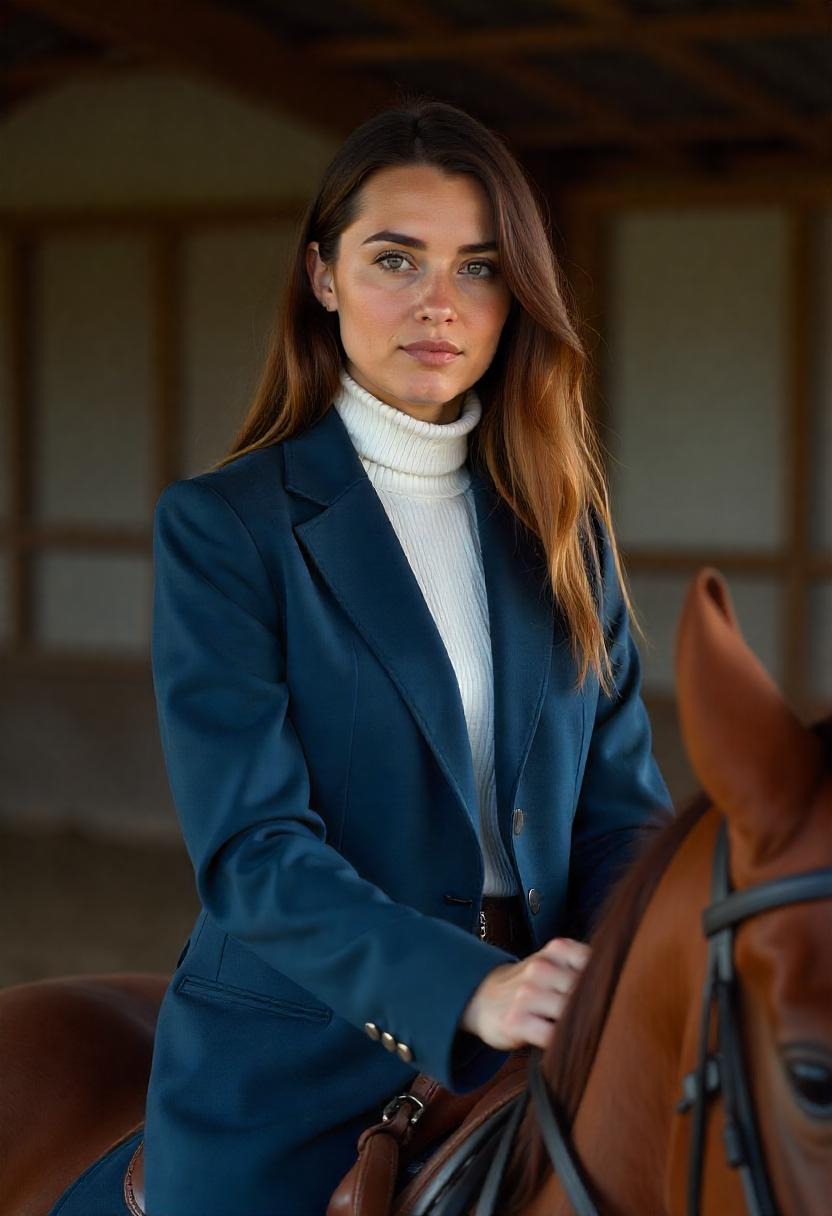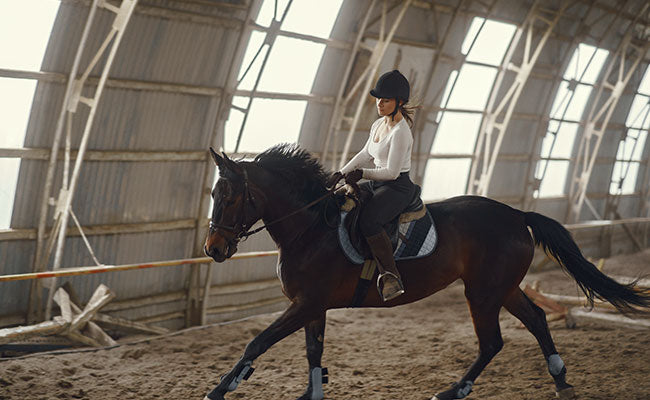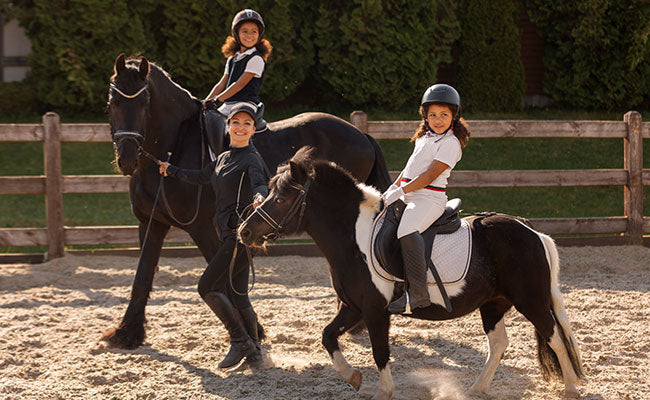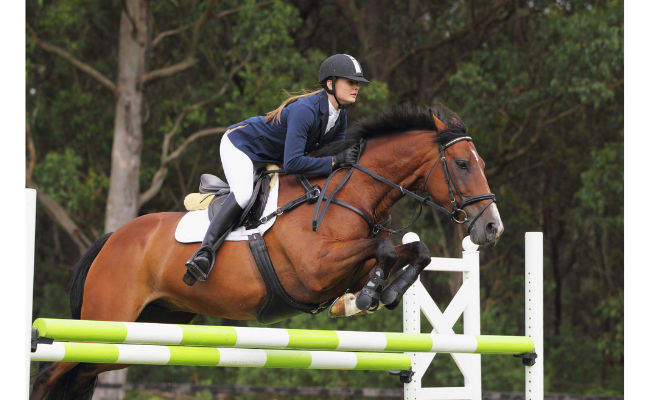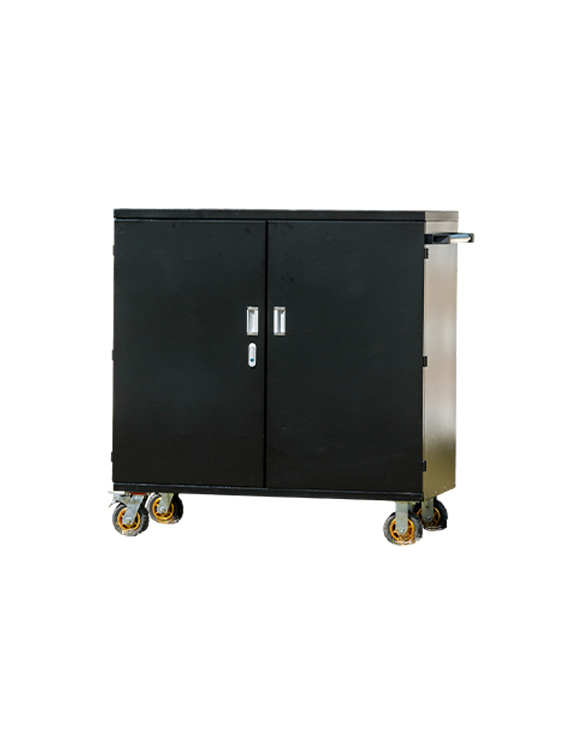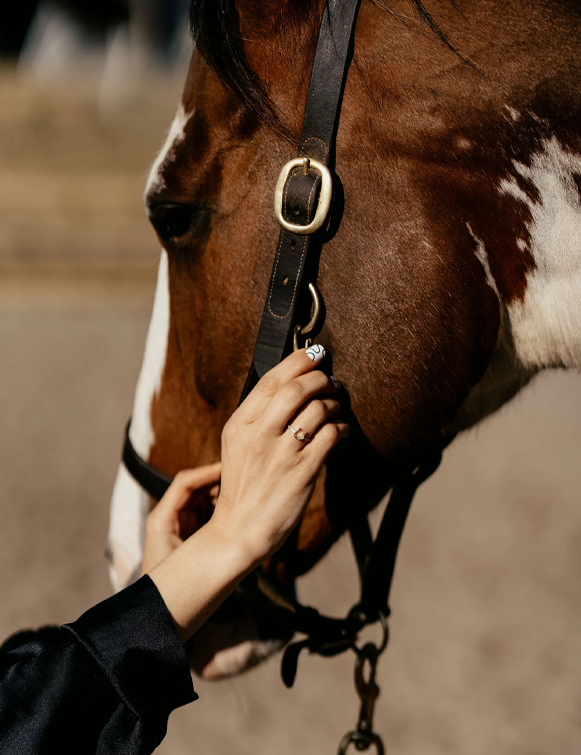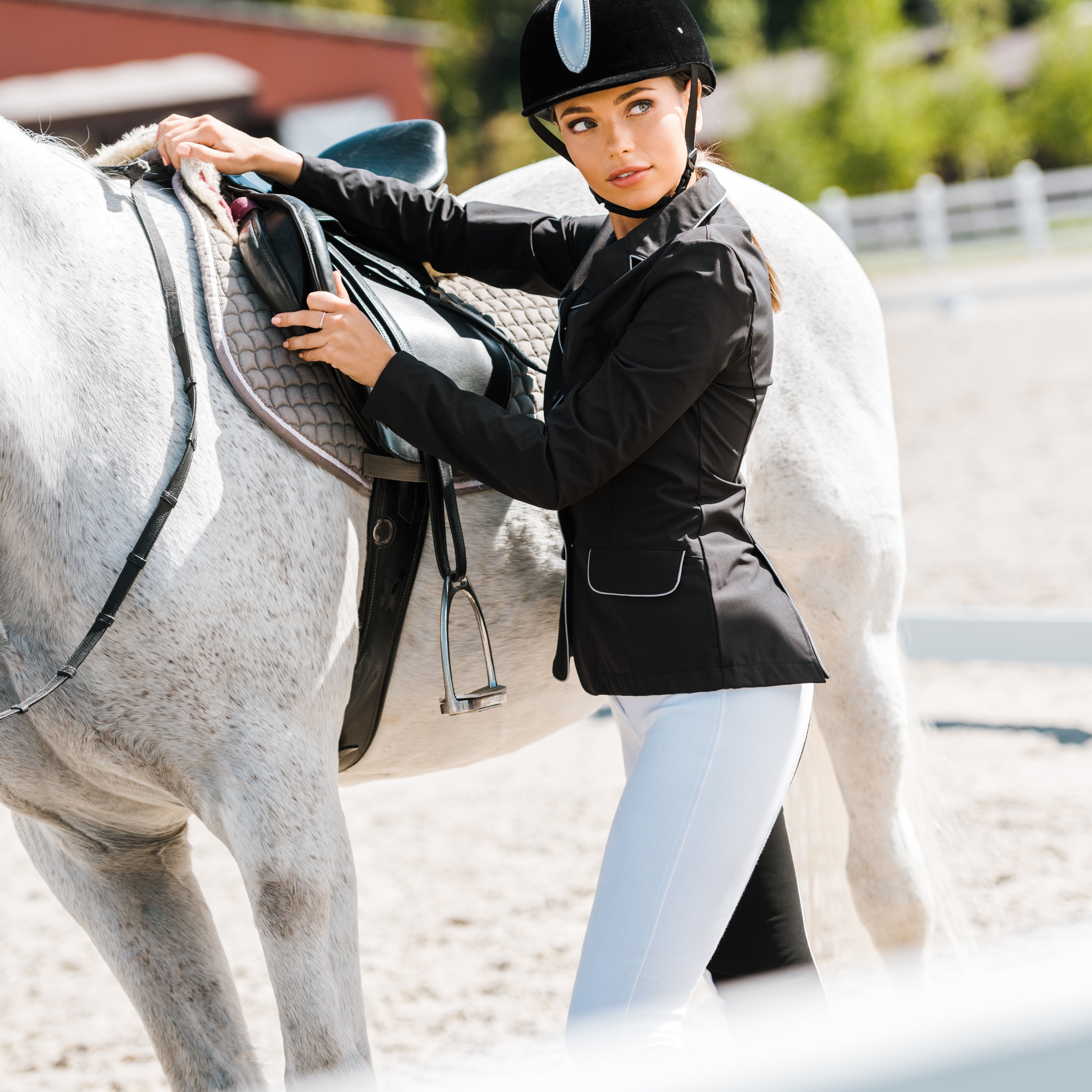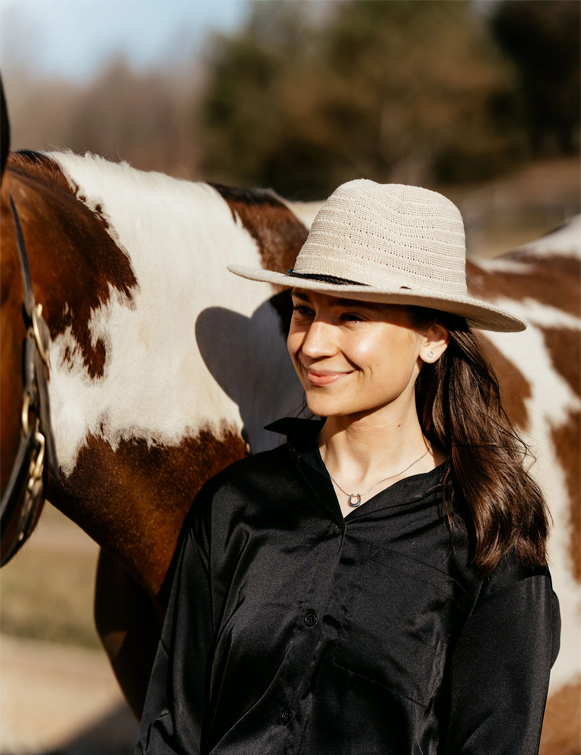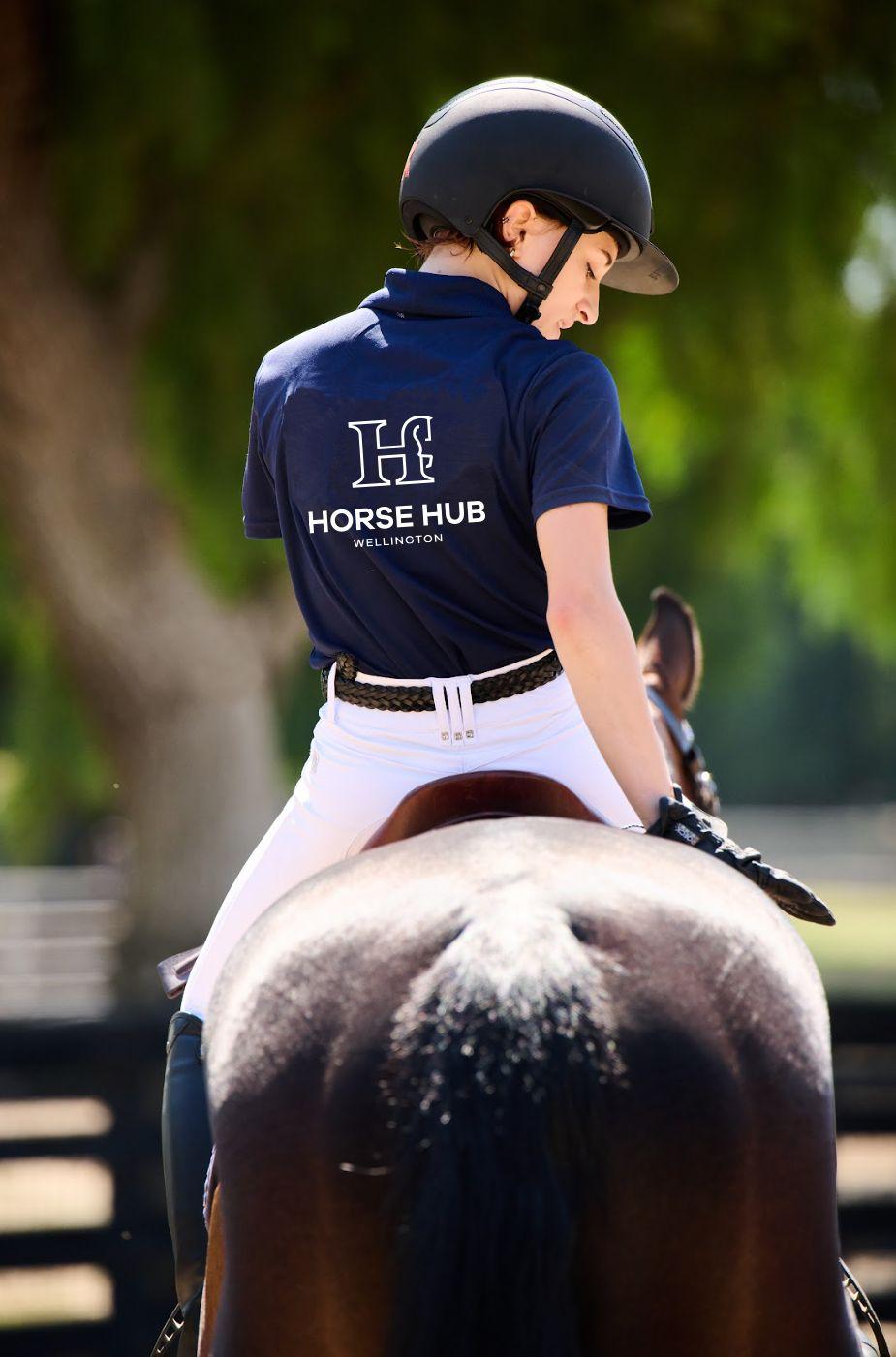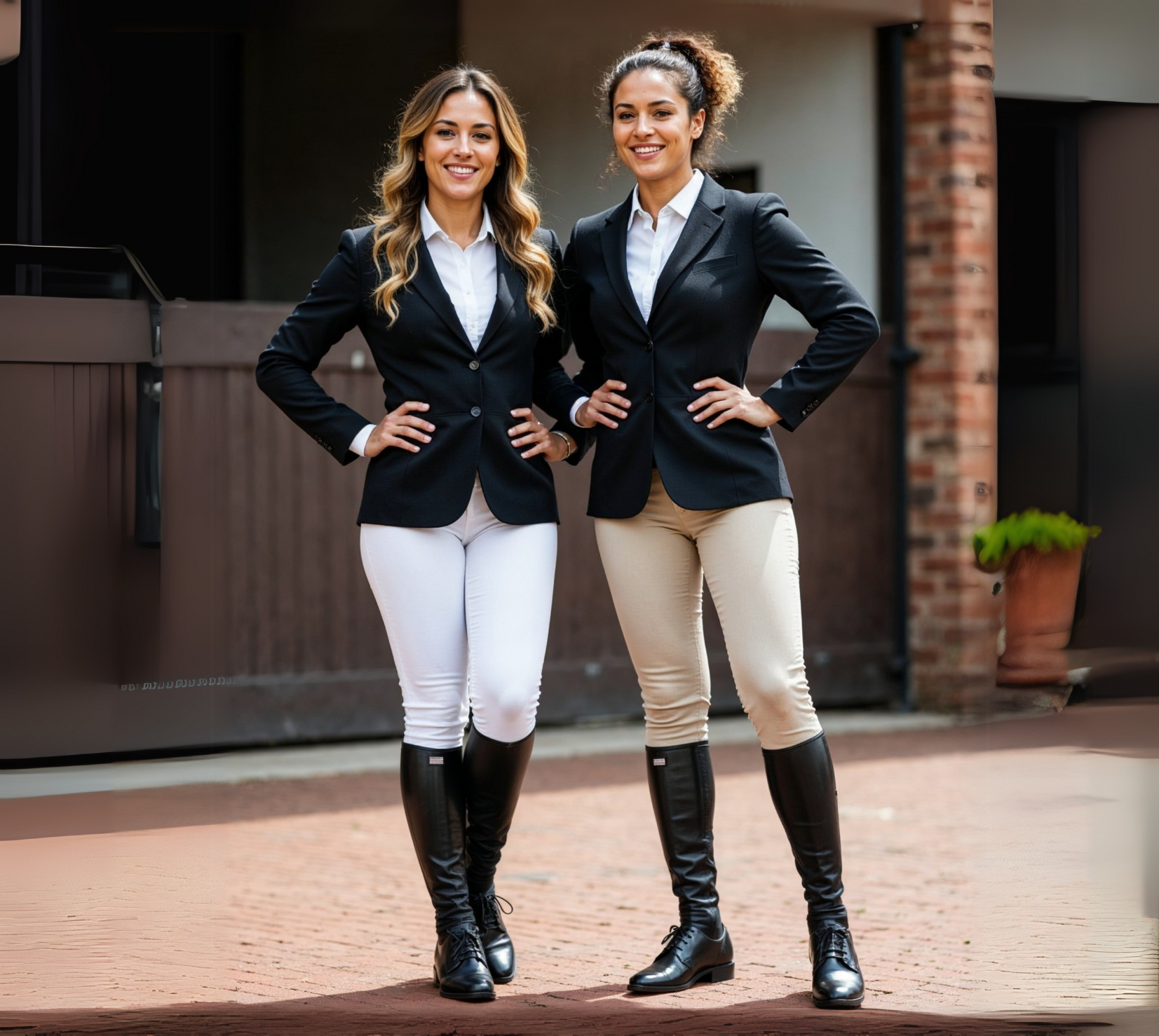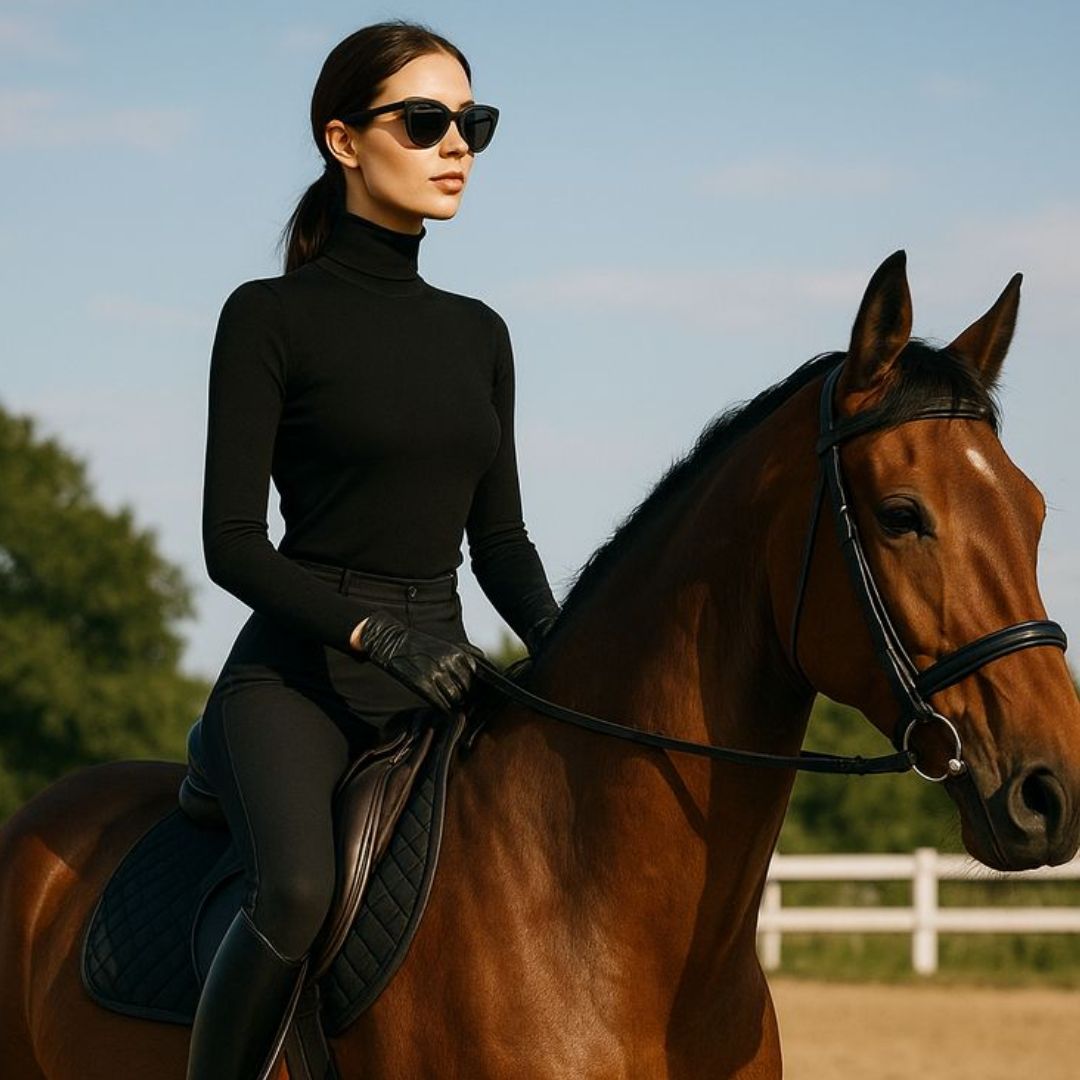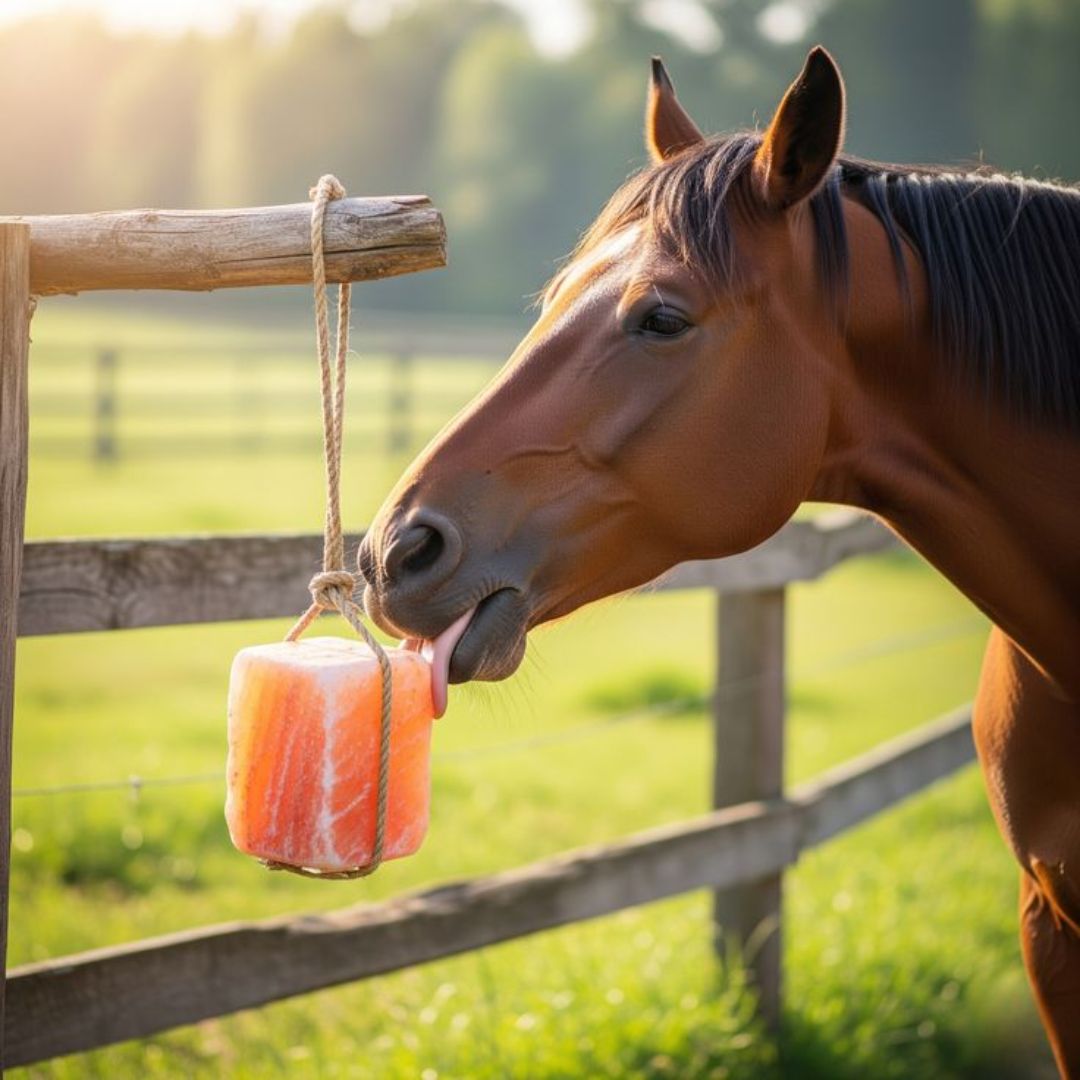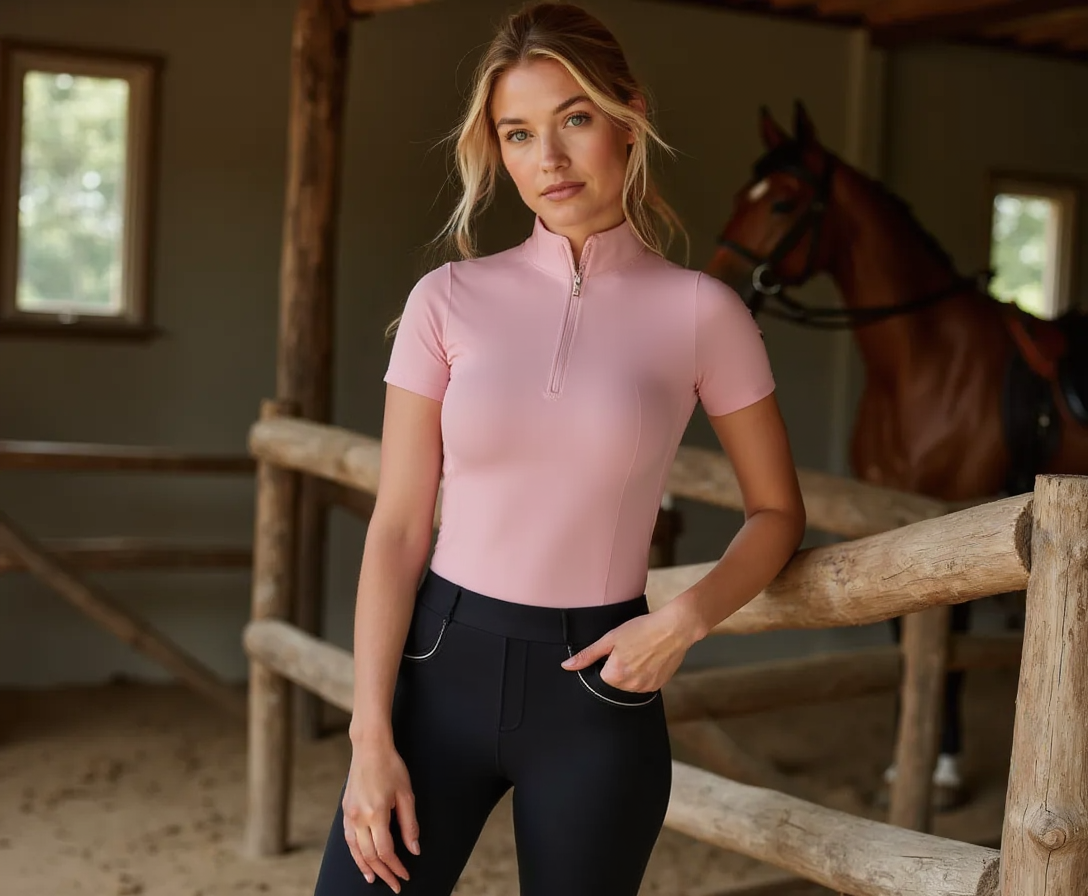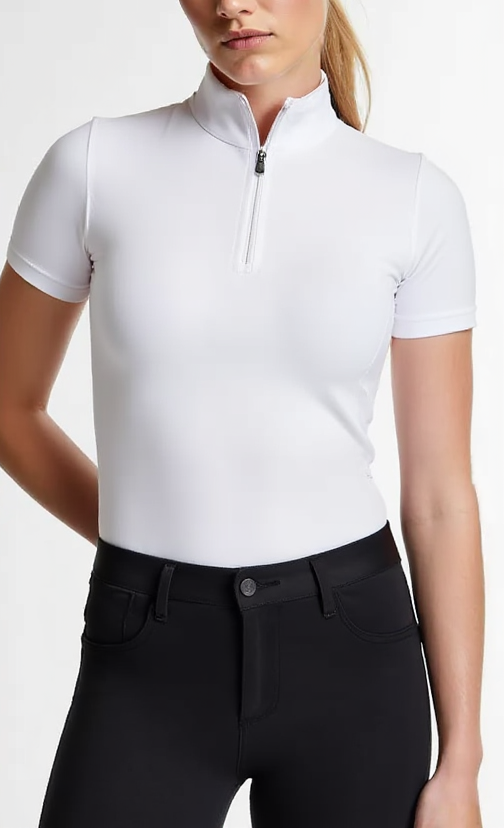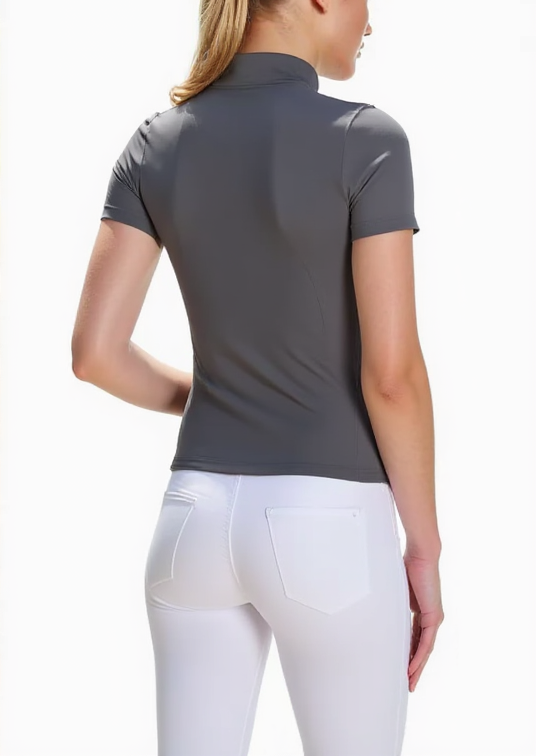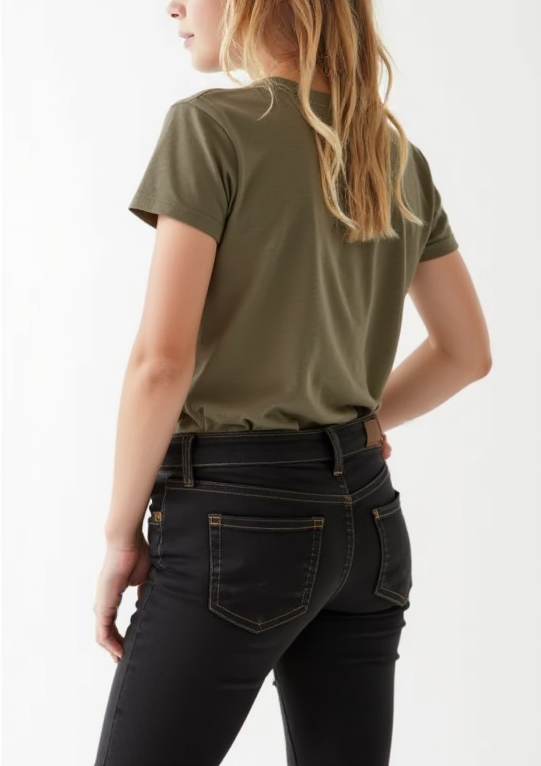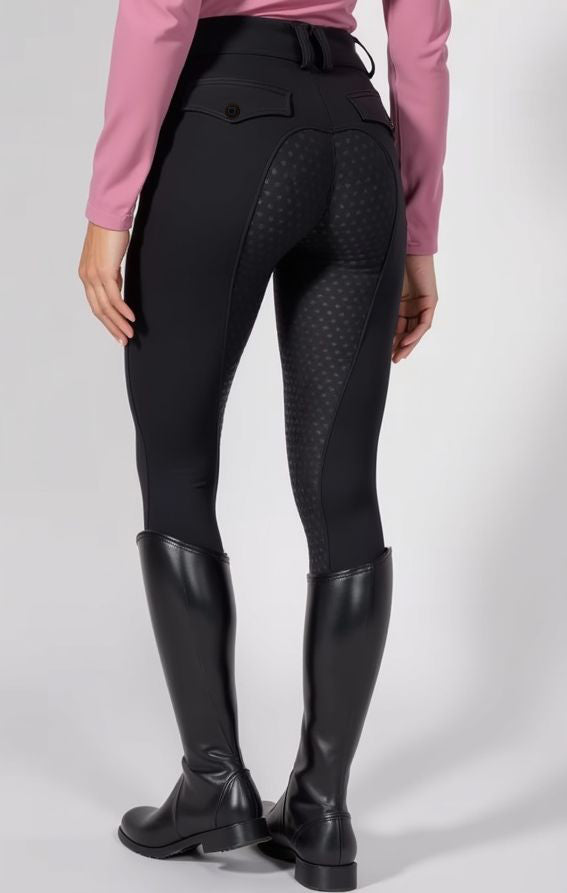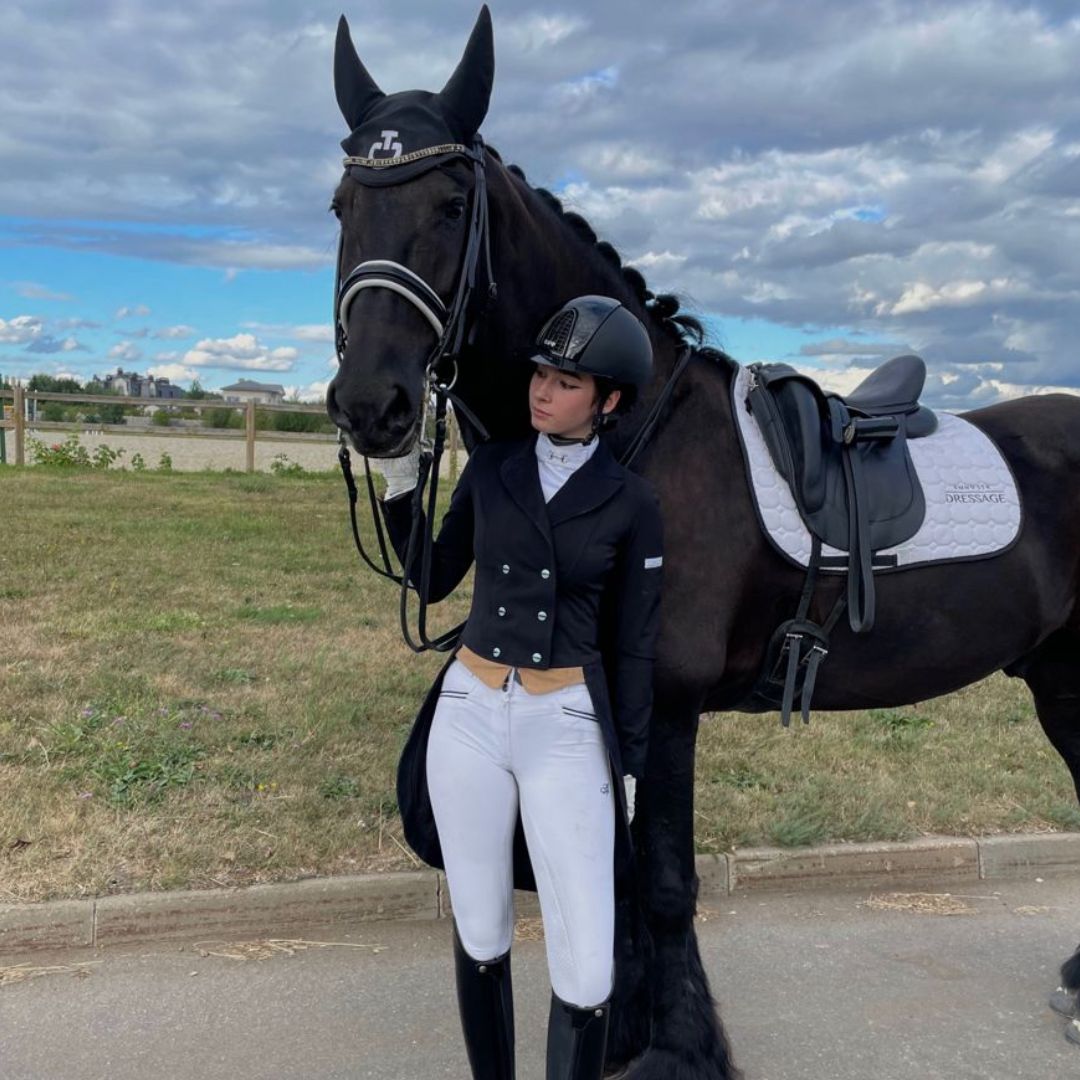
The Evolution of Equestrian Fashion: From Tradition to Modern Style
Equestrian fashion has long captivated both the sporting world and the style-conscious. It is one of the rare domains where practicality, performance, and aesthetic refinement have converged to shape a visual identity steeped in heritage but continuously evolving. From the aristocratic roots of English riding attire to the sleek, high-performance garments of today, the story of equestrian fashion is not merely about clothing—it is a reflection of changing social norms, technological progress, and the dynamic relationship between humans and horses.
As the equestrian world has expanded from the private estates of the elite to competitive arenas and modern recreational riding, so too has its fashion transformed. In this exploration, we’ll trace the evolution of equestrian fashion—how it began, how it changed, and where it's heading—highlighting key milestones, cultural shifts, and innovations that have defined this enduring and elegant style.
A Heritage Rooted in Function and Class
The earliest equestrian garments were born from necessity and social status. In pre-industrial Europe, horseback riding was primarily reserved for the nobility and military, and equestrian attire reflected the prestige of these groups.
In the 17th and 18th centuries, riders wore high-collared jackets, long coats, and breeches, paired with high leather boots and gloves. These items weren’t just fashionable — they were designed for protection, control, and comfort during long hours on horseback.
Women’s riding fashion during this period was particularly influenced by societal expectations of modesty and femininity. The riding habit — a long, tailored skirt paired with a fitted jacket — became standard in the 18th century. This attire allowed women to ride sidesaddle, a restrictive but socially approved method of equestrianism. The ensemble was often topped with elaborate hats, echoing the formal attire of court life.
Military uniforms also played a significant role in shaping equestrian fashion. Cavalry officers wore tailored coats, brass buttons, and structured breeches, which would later influence civilian riding attire, particularly in English riding disciplines. These elements became not just functional but symbolic — riding was as much about performance and control as it was about presentation and tradition.
The 19th Century: Standardization and Sport
The 19th century marked a turning point in equestrian fashion with the rise of organized equestrian sports such as fox hunting, dressage, and show jumping. These disciplines, particularly popular among the British aristocracy, led to more standardized riding attire.
For men, this meant the iconic hacking jacket, breeches, and tall black boots. For women, the riding habit became more practical — skirts were made with side openings to allow for better movement, and some women began experimenting with riding astride (sitting forward rather than sidesaddle), challenging gender norms of the time.
During this era, the top hat became synonymous with formal riding, particularly in dressage and hunting. It conveyed status and formality while completing the elegant silhouette of a rider. Materials like wool, leather, and heavy cotton were standard, offering durability and protection.
The period also saw the emergence of equestrian brands, such as Hermès in France, which began as a harness workshop and later expanded into luxury equestrian accessories and apparel. The link between fashion houses and equestrianism would only deepen in the decades to come.

The 20th Century: Function Meets Fashion
The early 20th century witnessed monumental changes in society — two world wars, the rise of women’s rights, and rapid technological progress — all of which impacted equestrian fashion.
Women Take the Reins
Perhaps the most significant shift in this era was the increasing visibility of women as active riders. No longer confined to sidesaddle and the restrictive habits of earlier centuries, women began competing in Olympic disciplines and riding for recreation. This shift led to a rethinking of women’s riding apparel.
The jodhpur, a type of riding trouser that originated in India, became popular for both men and women. It was tighter around the calves, allowing for better boot fit and saddle contact, while remaining loose around the thighs for comfort. Eventually, breeches replaced jodhpurs as the dominant lower-body garment, offering a closer fit that suited both competitive and casual riders.
The adoption of riding helmets in the mid-20th century marked a major milestone in equestrian safety and style. Initially simple and often made of hard shell materials, helmets gradually became a standard part of the equestrian outfit, especially in eventing and show jumping.
The Rise of Sport-Specific Attire
Equestrianism also became increasingly specialized, with unique fashion requirements for different disciplines.
-
Dressage retained its emphasis on traditional, formal attire: black or navy coats, white breeches, stock ties, and tall boots.
-
Show Jumping evolved toward sleeker, more athletic silhouettes, with flexible jackets, zip-up boots, and lightweight helmets.
-
Western riding, particularly in North America, cultivated its own distinct style rooted in cowboy culture — denim jeans, western shirts, cowboy hats, and fringed leather chaps.
Brands like Ariat, Pikeur, and Kerrits began producing technical apparel specifically designed for riders’ needs, incorporating breathable fabrics, stretch panels, and water resistance — without sacrificing the aesthetic appeal of traditional riding clothing.

Technology and Innovation in Equestrian Apparel
By the late 20th and early 21st centuries, equestrian fashion began embracing the same performance-driven innovations that had transformed other sports.
Materials such as spandex, Lycra, moisture-wicking polyester, and microfibers replaced heavy wool and cotton. These fabrics offered flexibility, temperature regulation, and improved comfort — especially important for competitive riders who spend long hours training and competing.
Helmets evolved significantly, with brands like Charles Owen and Samshield leading the way in developing safety-certified headgear that also looked stylish. Ventilation systems, interchangeable liners, and sleek carbon-fiber shells became the new standard.
Boots, once stiff and painful to break in, were redesigned with zippers, elastic gussets, and anatomical shaping — making them more ergonomic and easier to wear. Gloves, traditionally made from leather, began featuring synthetic grips and touchscreen compatibility.
In addition to performance, sustainability became an increasing concern. Equestrian brands began exploring eco-friendly materials such as recycled fabrics, biodegradable packaging, and cruelty-free leather alternatives. Fashion in the equestrian world was no longer just about tradition — it was about adaptation.
Modern Equestrian Fashion: A Fusion of Heritage and Contemporary Style
Today, equestrian fashion lives in a dual identity. On one hand, the sport remains deeply connected to its traditional roots, especially in formal disciplines like dressage and eventing. On the other, modern equestrian clothing is more functional, versatile, and style-conscious than ever before.
Riders now expect technical gear that supports athletic performance while also reflecting personal style. Jackets are tailored and lightweight, breeches are made with four-way stretch, and base layers often resemble activewear seen in running or yoga. The once rigid dress codes have relaxed, giving riders more freedom to express themselves.
Casual equestrian-inspired fashion has also surged in popularity beyond the barn. Known as "equestrian chic", this trend incorporates riding boots, quilted jackets, breeches-inspired pants, and polished blazers into everyday wear. Brands like Ralph Lauren and Gucci have long embraced this aesthetic — blending horse-world elegance with runway fashion.
Even streetwear and luxury brands have nodded to equestrian themes, with capsule collections featuring riding boots, stirrup-shaped accessories, and horse motifs. The intersection of equestrian heritage and modern fashion is now part of broader conversations around status, identity, and style.
The Role of Social Media and Influencers
The rise of digital media has further accelerated the evolution of equestrian fashion. Platforms like Instagram, TikTok, and YouTube have allowed riders to showcase their outfits, share style guides, and promote niche brands to global audiences.
“Equestrian influencers” are now shaping how riders dress — blending performance gear with curated fashion looks. Riders like Charlotte Dujardin, Karl Cook, and influencers such as My Equestrian Style have redefined what it means to be fashionable in the saddle, helping brands reach younger, style-conscious audiences.
This visibility has democratized access to equestrian fashion — breaking down barriers between amateurs and professionals and building a more connected, creative, and fashion-forward riding community.
Challenges and Opportunities Ahead
Despite its evolution, equestrian fashion still faces challenges.
-
Cost remains a significant barrier, with high-quality gear often out of reach for many riders.
-
The industry continues to grapple with representation and diversity, as the image of equestrianism has historically centered on white, upper-class aesthetics.
However, the tide is turning.
Brands are beginning to offer inclusive sizing, gender-neutral options, and more diverse marketing campaigns. Technology continues to drive innovation, with smart fabrics, wearable sensors, and even AI-assisted gear design on the horizon.
There’s also a growing appetite for cultural fusion — as riders around the world draw on their heritage to reinterpret equestrian style. From traditional Spanish riding attire to Indigenous horse regalia and modern Asian equestrian fashion, the future of equestrian apparel is becoming more global, inclusive, and expressive.

Conclusion
From its aristocratic origins to its modern athletic functionality, equestrian fashion has undergone a remarkable journey. What began as a symbol of status and formality has evolved into a versatile blend of tradition, performance, and personal expression.
Today’s equestrian fashion honors its heritage while embracing the demands and sensibilities of contemporary riders.
